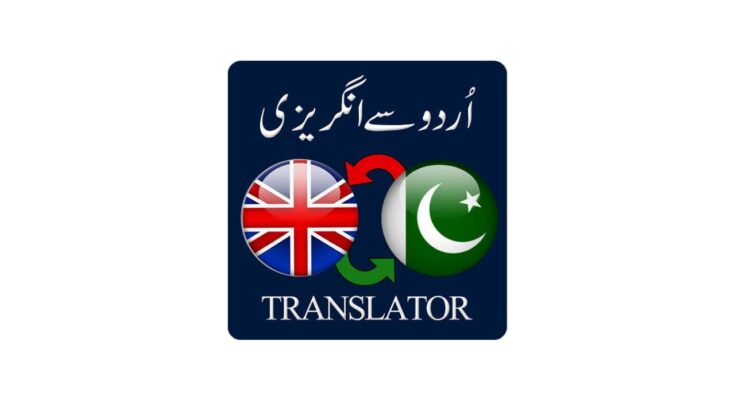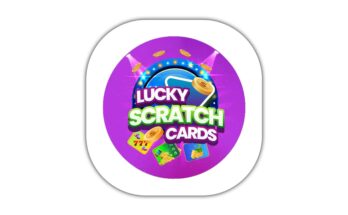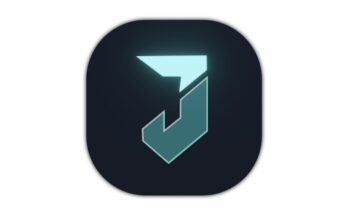In our increasingly interconnected world, the need for seamless communication across languages has never been greater. However, for speakers of Urdu and English, translation apps often require an internet connection, limiting their utility in areas with poor connectivity. Imagine an offline Urdu-to-English translation app that combines advanced AI with convenience to make language barriers a thing of the past.
Why an Offline Translator?
Offline translation apps serve a crucial purpose in places where internet connectivity is unreliable or expensive. Pakistan, with its significant Urdu-speaking population, and regions with Urdu-speaking communities worldwide, often face this challenge. For tourists, professionals, or students, an offline Urdu-English translator ensures uninterrupted access to accurate translations, enhancing productivity and communication.
Features of the Ideal Offline Urdu-to-English Translator
1. Advanced Neural Machine Translation (NMT):
By leveraging NMT technology, the app can understand the context and nuances of a sentence, delivering more accurate translations. This is particularly important for languages like Urdu, where context greatly affects meaning.
2. Two-Way Translation:
Users should be able to translate from Urdu to English and vice versa. Whether translating formal documents or casual conversations, the app caters to all needs.
3. Text and Voice Translation:
Incorporating speech-to-text technology allows users to speak directly into the app for translation. This is especially useful for travelers or those unfamiliar with typing in Urdu script.
4. Built-in Dictionary:
An integrated dictionary offers word meanings, synonyms, and antonyms, enriching vocabulary alongside translation.
5. Customizable Vocabulary and Phrases:
Users can save frequently used terms or phrases, making the app more tailored to personal needs.
6. Ease of Use:
The interface should be intuitive, with options for both Urdu Nastaliq and Roman Urdu input.
7. Secure and Private:
Offline functionality ensures that sensitive information, such as medical or legal terms, remains confidential.
How It Works
The app downloads a comprehensive language database to your device during installation. Once installed, it uses AI algorithms and pre-trained machine learning models to perform translations without relying on the internet.
Potential Use Cases
1. Education:
Students can use the app for translating study materials and improving language skills.
2. Travel:
Tourists can navigate Urdu-speaking regions more comfortably by understanding signs, menus, and conversational phrases.
3. Healthcare and Legal Services:
Professionals can use the app to communicate with clients who speak either language, improving service delivery.
4. Remote Communities:
Areas with limited or no internet access can benefit immensely from such offline capabilities.
Challenges and Future Scope
Developing an offline Urdu-English translator poses certain challenges, such as:
Ensuring translation accuracy for idiomatic expressions.
Keeping the app lightweight despite requiring a vast language database.
Incorporating dialectal variations in Urdu and English.
With the rapid advancement of AI and natural language processing (NLP), these challenges can be addressed. Future iterations could include features like handwriting recognition for handwritten Urdu text and real-time camera-based translation.
An offline Urdu-to-English translation app would be a game-changer, fostering cultural exchange, education, and professional communication. By prioritizing accessibility and accuracy, this app could significantly impact millions of lives, empowering users to connect and thrive in a globalized world.
So, are you ready to break language barriers and embrace seamless communication? The futu
re of Urdu-English translation is here, and it works even when you’re offline!



